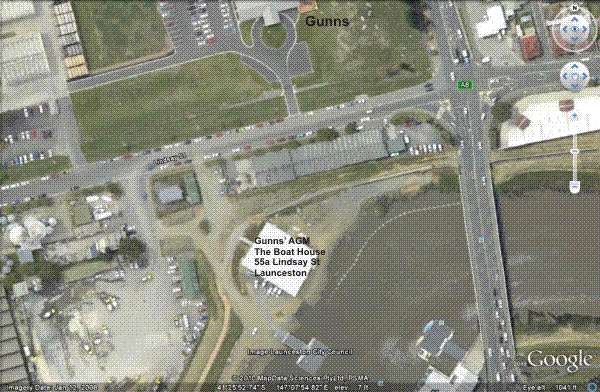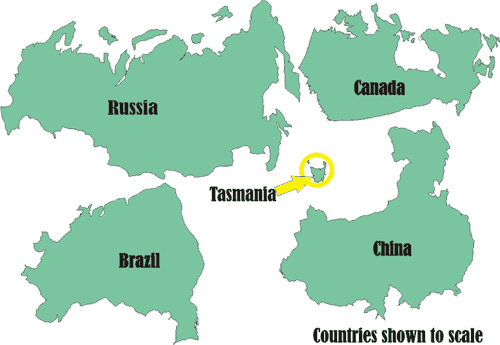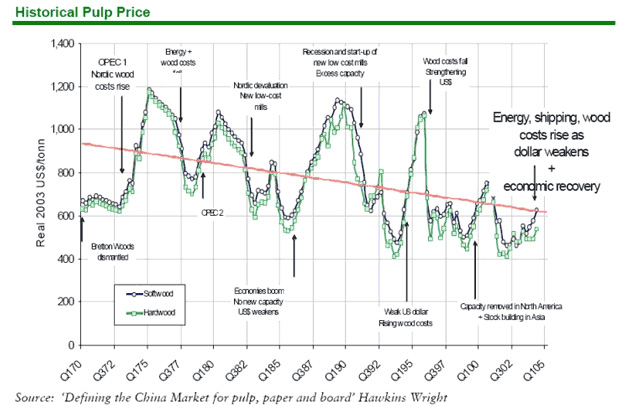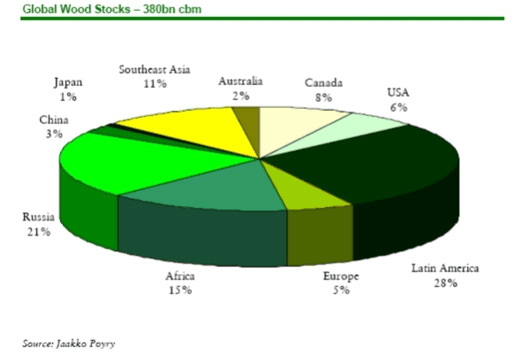When: 7.30pm Thursday 31 March 2011
Where: Beaconsfield Community Function Room at the rear of the sports centre on Weld Street, Beaconsfield.
What: Senators Christine Milne and Kerry O’Brien plus Members of the Tasmanian Parliament Tim Morris, Kim Booth, Rene Hidding and Kerry Finch will all be attending.
Why? Don’t miss your chance to have your say and tell them how Gunns’ proposed pulp mill continues to adversely affect your family, your business and your community. Tell them of your hopes for an alternative more prosperous future.
This is the third in a series of public meetings but the first to draw six politicians together to hear community concerns. A gold coin donation is welcome to help defray costs.
For further information call John Day 0400 079 339.
Note: the next regular general TAP meeting will be held in two weeks time (7.30pm, Thursday 14 April) at the Riverside Community Centre, West Tamar Highway.





